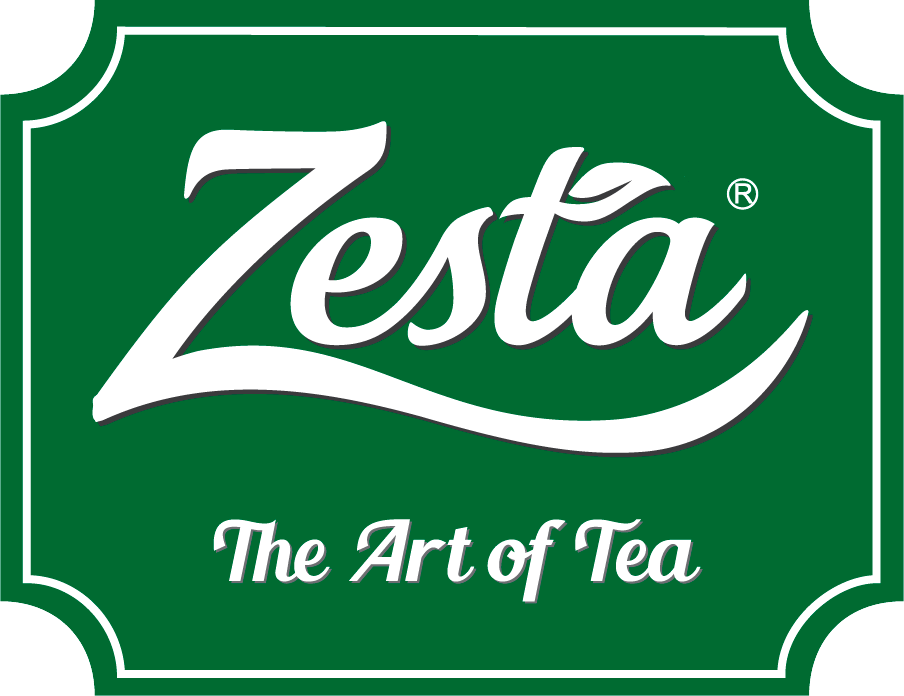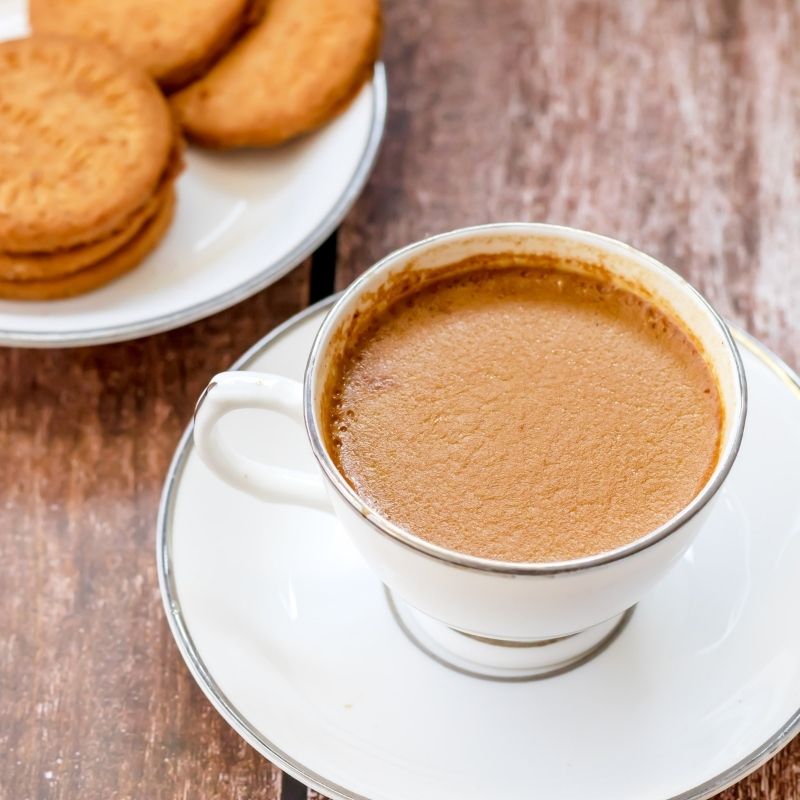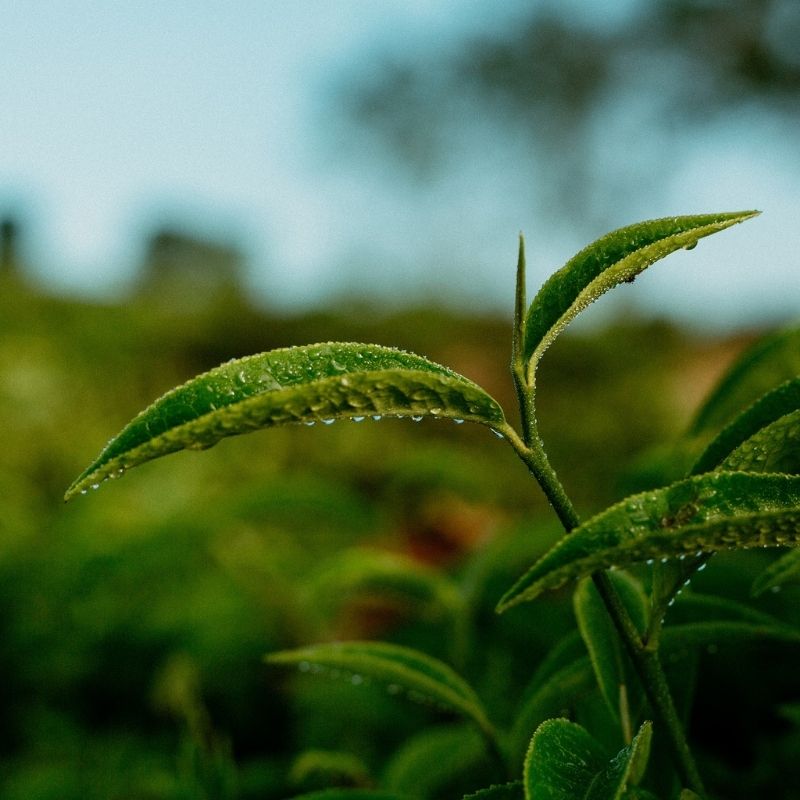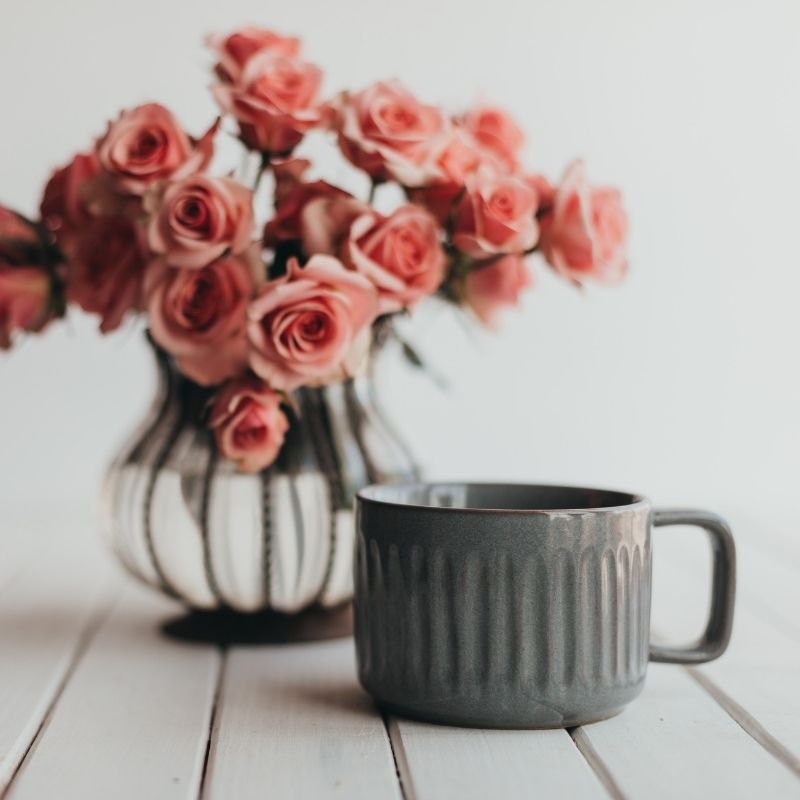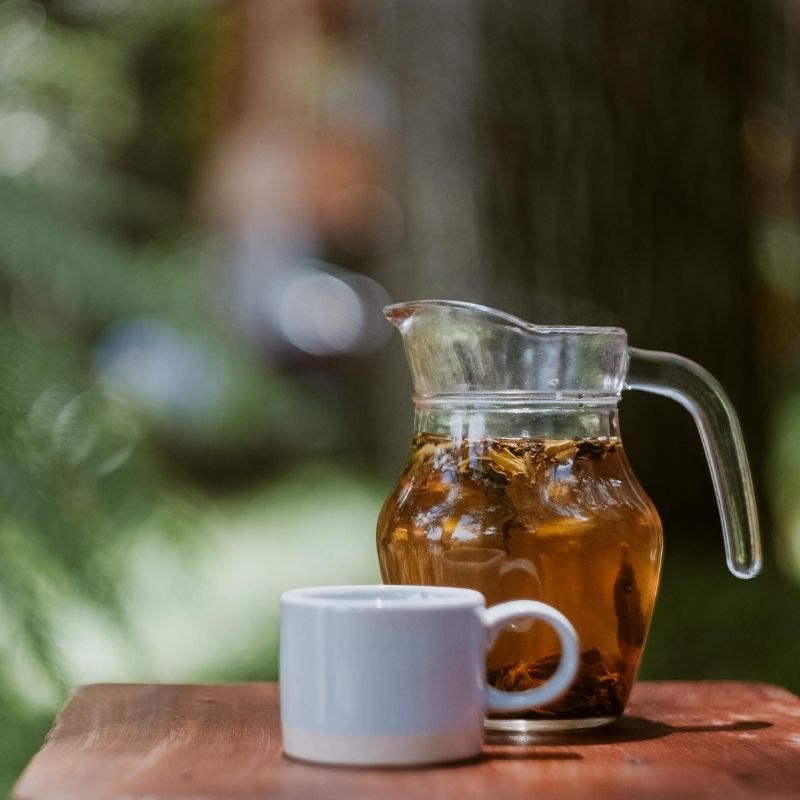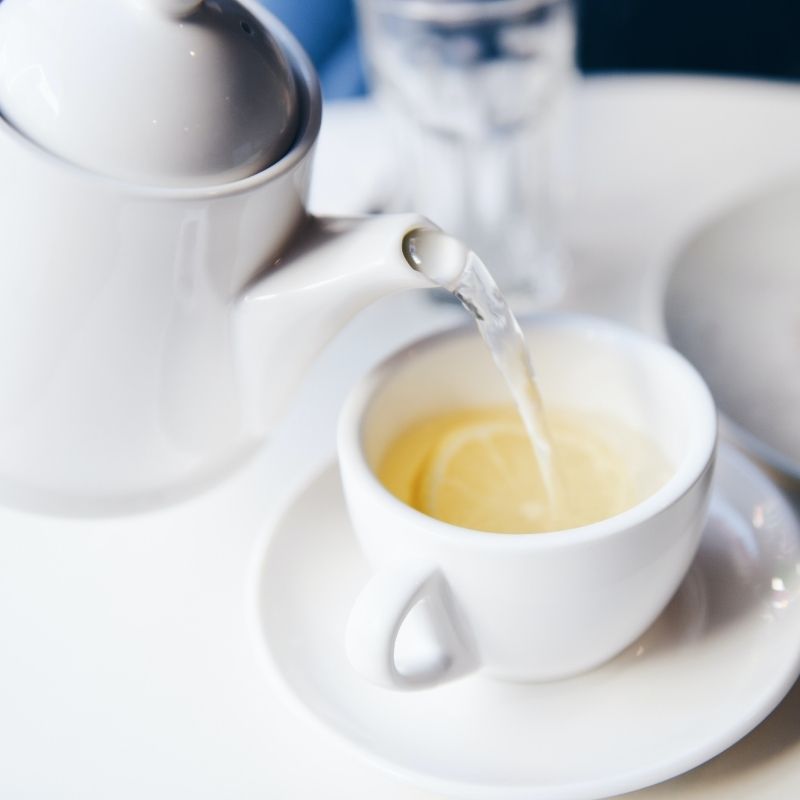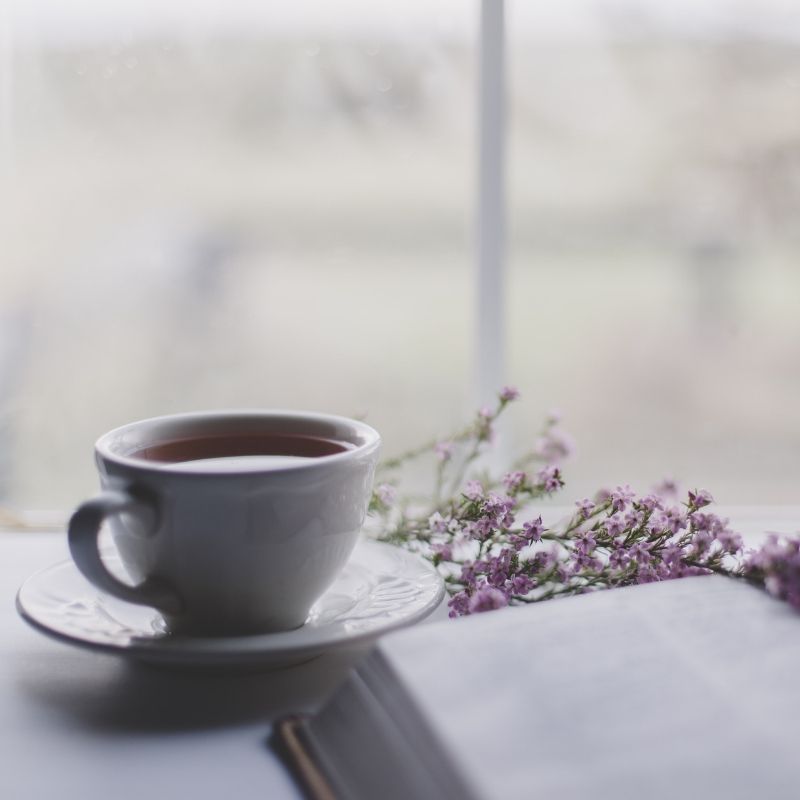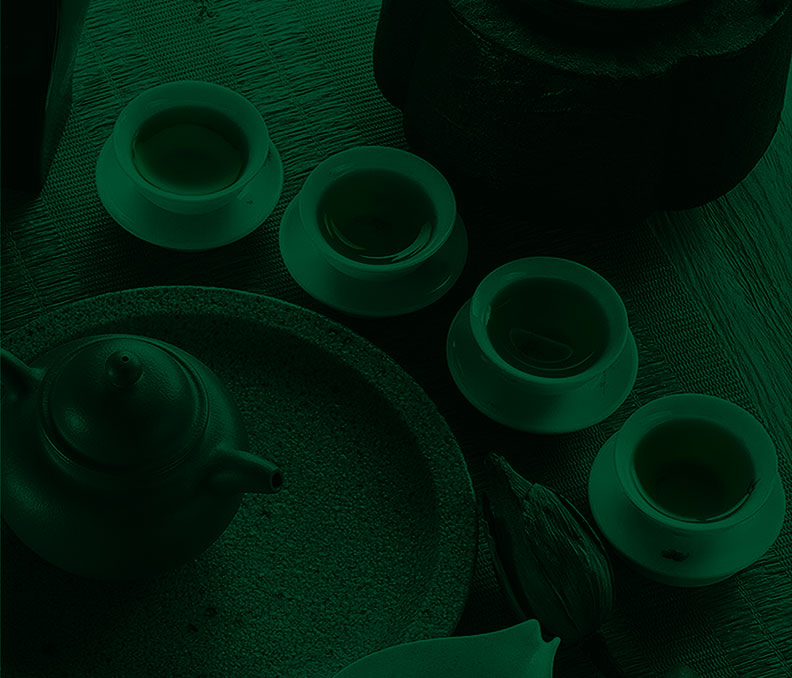Have you ever wondered how your fresh cup of black tea gets its exquisite taste, aroma, and colour? You may have looked at the packaging and probably seen two prominent symbols and wondered why they are so prominent in the first place. One is probably the mark of ‘Pure Ceylon Tea’, and the other is ‘Orange Pekoe’.
Pure Ceylon Tea refers to the fact that the leaves were grown, plucked, and processed in Sri Lanka. However, it is the Orange Pekoe part that is linked to the taste and aroma. But how?
What is Orange Pekoe?
This does not mean that the tea is going to give an orange flavour. This is a way of grading the leaf. Orange pekoe or OP is the highest grade of black tea which is predominantly produced in the South Asian regions namely, Sri Lanka and India. Once the leaf has been graded as orange pekoe after harvesting, they are withered, rolled, heated, and fermented. Most OP teas are referred to as black tea, but there are instances where oolong tea is also made from the same leaves.
Why call it ‘orange pekoe’ though? Firstly, the ‘orange’ is associated to the Dutch royal family, who were from the House of Orange. When it was first brought to Europe by the Dutch East India Company, only the best leaves were kept for the royal family. Once it was introduced to the public, vendors would include ‘orange’ in it to show that these are the same leaves preferred by Dutch royalty.
The ‘pekoe’ term originates from China. Since these leaves were plucked from the youngest Camellia Sinensis plant, they often had distinct down-like hairs. The Chinese would call these leaves ‘pek-ho’, hence the present day term.
What Makes it Special?
Since orange pekoe is the highest grade for any black tea like that of ZESTA CLASSICAL BREW : KENILWORTH PEKOE, there are many special features, including some health benefits.
Special Characteristics
While OP is an umbrella term for the highest graded tea leaf, some subgrades are based on certain characteristics of the leaf. Some of the popular subgrades are;
- Flowery Orange Pekoe (FOP)
- Golden Flowery Orange Pekoe (GFOP)
- Tippy Golden Flowery Orange Pekoe (TGFOP)
- Finest Tippy Golden Flowery Orange Pekoe (FTGFOP)
These are leaves which goes into making exquisite teas and is only sold in loose-leaf format to avoid any mixing or spoiling. Certain broken leaf teas also fall under the OP grade as well such as;
- Broken Pekoe (BP)
- Flowery Pekoe (FP)
- Flowery Broken Orange Pekoe (FBOP)
- Golden Broken Orange Pekoe (GBOP)
- Golden Flowery Broken Orange Pekoe (GFBOP)
- Tippy Golden Flowery Broken Orange Pekoe (TGFBOP)
Are there differences in these gradings? Well, yes. ‘B’ would mean broken and produces a stronger flavour when brewed. Having ‘F’ would mean that the tea is of high quality and includes the buds of the plant. The ‘G’ would mean that there is a high ratio of golden buds. A simple way to remember this is through the number of letters. The more letters there are, the more premium the leaves are.
Health Benefits of Orange Pekoe
The best thing about OP is that it helps maintain a healthy body and mind.
- There are high antioxidant properties in the OP leaf, especially in the form of flavonoids. Which is why most black teas made from the leaf help reduce free radicals and restores damaged cells in the body.
- Although further research has to be conducted, the polyphenols and flavonoids are known to reduce the risk of heart diseases, reduce cardiovascular problems, and reduce LDL (bad) cholesterol levels.
- The antimicrobial properties of OP tea are known to aid in keeping a healthy digestive system, which is linked to healthy metabolism and overall immunity.
- There is also evidence to show that OP helps in maintaining a healthy mind. The caffeine and L-theanine amino acid in the beverage have a synergistic effect on the mind to stay focused.
Now that you know what orange pekoe is and its special features, why not try it yourself? Go ahead and choose from a wide range of OP Zesta Ceylon Tea. Whether it is flavoured or traditional black tea, you are guaranteed an amazing experience.

